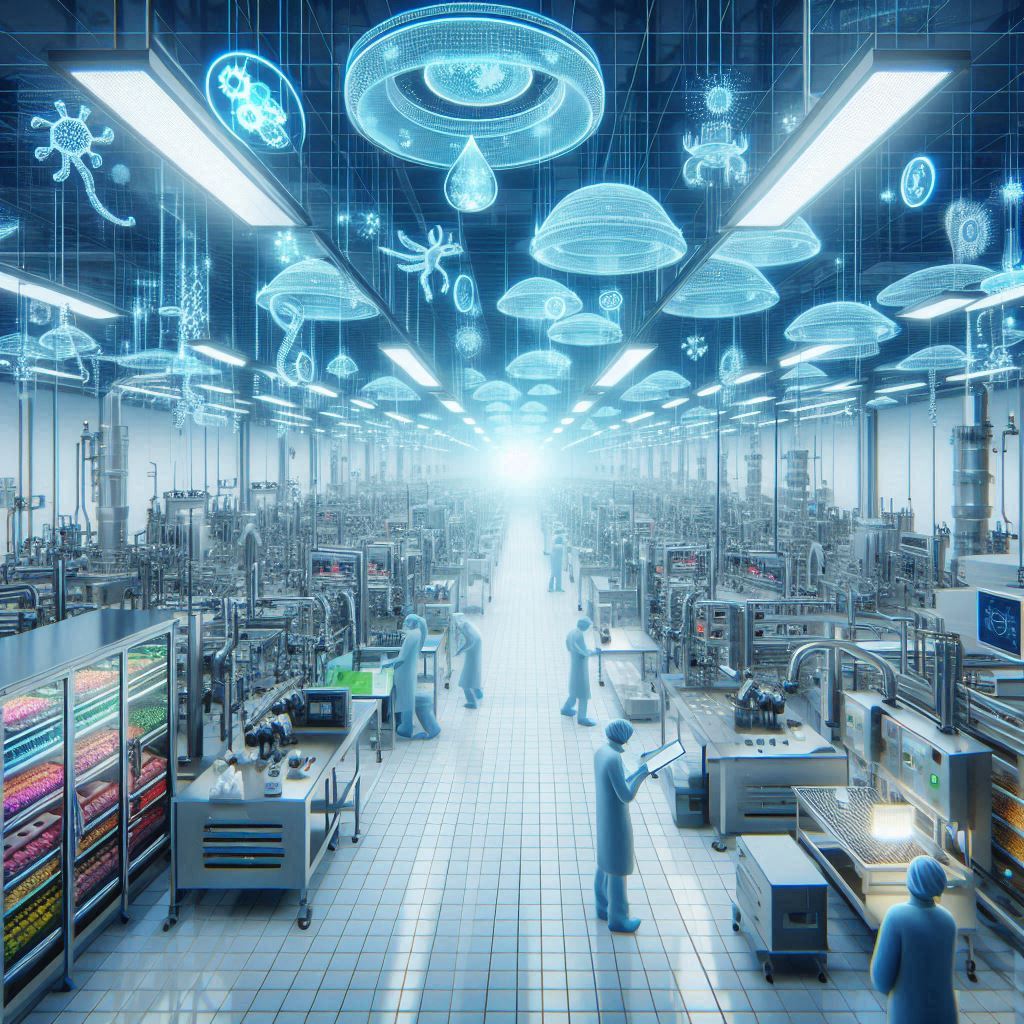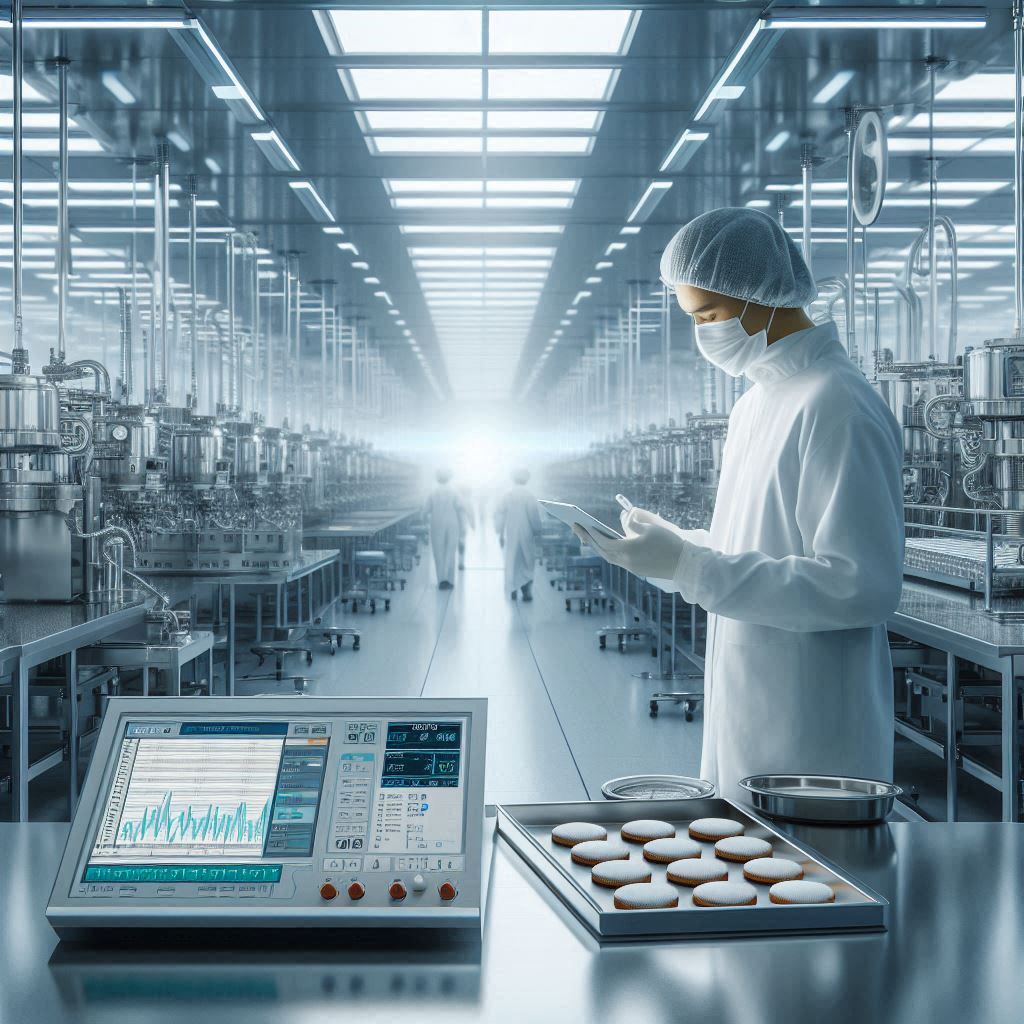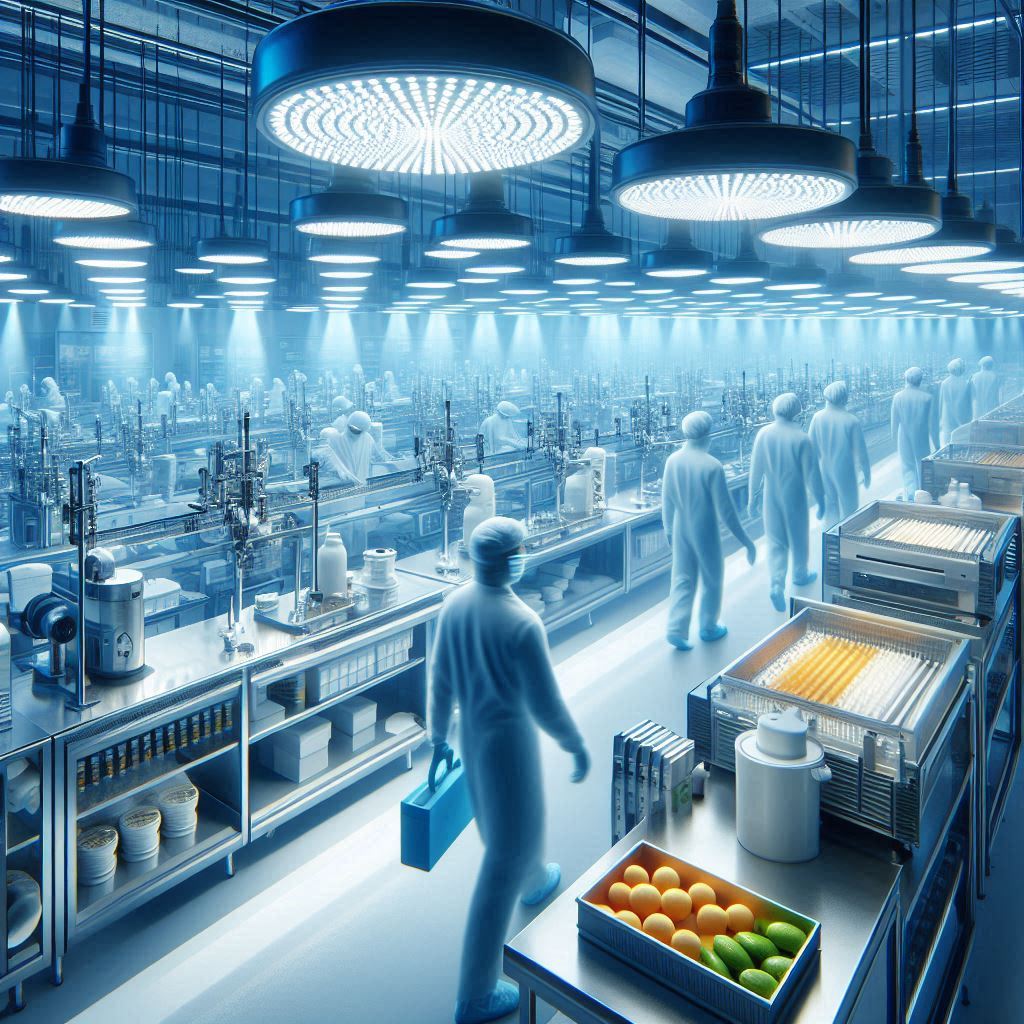The global push for sustainable energy solutions has led to a significant transformation in various industries, particularly with the adoption of energy-efficient LED luminaires in cleanrooms. Cleanrooms are specialized environments used across industries such as healthcare, life sciences, industrial manufacturing, and food & beverages, where controlling environmental parameters like air quality, temperature, and lighting is crucial.

https://www.marketsandmarkets.com/pdfdownloadNew.asp?id=213070777
Traditionally, cleanrooms have been energy-intensive due to the need for maintaining strict sterile conditions. However, the introduction of LED luminaires is helping to drastically reduce energy consumption while maintaining the high standards necessary for these controlled environments. This article explores the impact of energy-efficient LED lighting in cleanrooms across various sectors, highlighting the benefits for end users.
LED Luminaires in Cleanrooms: Key Benefits
Before diving into specific industries, it’s essential to understand the overall benefits of LED luminaires in cleanroom environments:
Energy Efficiency and Cost Savings
LED lighting consumes significantly less energy compared to traditional lighting systems, such as fluorescent or incandescent lights. This reduced energy consumption directly translates to lower operational costs, which is critical in energy-intensive industries like manufacturing and healthcare.
Reduced Heat Emission
LEDs generate less heat than conventional light sources, which is particularly beneficial in cleanrooms where maintaining a stable temperature is important for ensuring the integrity of the controlled environment.

Longevity and Durability
LED luminaires have a longer lifespan, often lasting over 50,000 hours, reducing the need for frequent replacements. This is particularly advantageous in cleanrooms, where downtime for maintenance must be minimized to prevent contamination risks.
Uniform Lighting and Contaminant Control
LED lighting offers superior uniformity and precision, ensuring that the cleanroom is evenly illuminated, which is crucial for tasks that require high visibility and accuracy. Additionally, the sealed nature of LED luminaires reduces the risk of dust and particles entering the system, maintaining a sterile environment.
Now, let’s examine how these benefits impact specific industries:
Impact of LED Luminaires in the Healthcare and Life Sciences Sector
The healthcare and life sciences industries rely heavily on cleanrooms for research, manufacturing, and patient care. From pharmaceutical production to medical device assembly, precise environmental control is essential to prevent contamination.
Pharmaceutical and Biotech Manufacturing
In pharmaceutical and biotech facilities, maintaining sterile environments is critical for ensuring product safety. Energy-efficient LED luminaires help reduce the energy costs associated with running these cleanrooms while ensuring consistent light quality during the production process.
By using LED lighting, manufacturers can reduce the overall heat load in cleanrooms, making it easier to maintain stringent temperature control and minimize contamination risks.
Hospitals and Surgical Cleanrooms
In hospital cleanrooms, such as operating theaters and intensive care units, consistent and bright lighting is required for performing delicate procedures. LED luminaires provide the necessary illumination while generating less heat, reducing the burden on air conditioning systems. This helps create a more stable and comfortable environment for both healthcare professionals and patients.
Moreover, the longer lifespan of LED lights reduces maintenance needs, allowing hospital staff to focus on patient care rather than equipment upkeep.
Impact of LED Luminaires in Industrial Manufacturing
In industrial manufacturing, cleanrooms are used for producing sensitive products, such as microelectronics, semiconductors, and aerospace components. Maintaining a controlled environment with proper lighting is crucial for ensuring the precision and quality of these high-tech products.
Semiconductor and Electronics Manufacturing
Semiconductor manufacturing requires particle-free environments, and the use of LED luminaires helps maintain these conditions while significantly reducing energy costs. LED lighting ensures precise visibility for workers assembling intricate components while also emitting less heat, which reduces the demand for complex cooling systems.
Aerospace and Automotive Industries
In industries like aerospace and automotive, where cleanrooms are used for producing and assembling components, energy-efficient lighting is essential for reducing the operational overhead. LED lighting offers uniformity and clarity, improving visual inspection and quality control processes, which are crucial for the safety and performance of aerospace and automotive products.
By minimizing downtime for light replacement and reducing energy consumption, LED luminaires contribute to a more efficient and cost-effective manufacturing process.
Impact of LED Luminaires in Food & Beverage Cleanrooms
The food and beverage industry uses cleanrooms to ensure hygienic production environments, particularly in sectors like dairy, beverage bottling, and packaged foods. Proper lighting is essential for visual inspections, packaging, and quality control processes to maintain food safety standards.

Enhancing Food Safety and Hygiene
In cleanrooms for food processing, LED luminaires provide clear, bright lighting that enhances visibility and ensures that workers can maintain sanitation standards. The durability of LED lights also helps prevent contamination, as they are less prone to breaking than traditional glass-based lighting, reducing the risk of glass particles entering the production line.
Energy Savings in Temperature-Controlled Environments
Many food processing cleanrooms operate in temperature-controlled environments, such as refrigeration or freezer rooms. The reduced heat output from LED luminaires is particularly advantageous in these spaces, as it helps maintain cooler temperatures without overworking refrigeration systems, leading to significant energy savings.
Future Trends in LED Luminaires for Cleanrooms
As the demand for energy-efficient solutions continues to rise, several trends are emerging in the cleanroom lighting sector:
Smart LED Lighting Systems
Smart lighting solutions are making their way into cleanroom environments, allowing facility managers to monitor and control lighting remotely. With features like dimming, motion sensors, and automated lighting schedules, smart LED systems further reduce energy consumption while maintaining the necessary lighting conditions.
Human-Centric Lighting
In healthcare and manufacturing environments, where employees work long hours in cleanrooms, human-centric lighting is becoming a trend. This involves adjusting lighting to mimic natural light cycles, which helps reduce eye strain and improves worker comfort and productivity.
Integration with Renewable Energy
As industries continue to focus on sustainability, there is growing interest in integrating LED lighting with renewable energy sources, such as solar power. This can further reduce the environmental footprint of cleanroom facilities while maintaining energy efficiency.
The adoption of energy-efficient LED luminaires in cleanrooms across various industries, such as healthcare, life sciences, industrial manufacturing, and food & beverages, is driving significant improvements in operational efficiency and sustainability. By offering lower energy consumption, improved environmental control, and reduced maintenance costs, LED lighting systems are helping businesses meet both regulatory requirements and sustainability goals.
As the demand for cleanroom technology grows, particularly in sectors that prioritize precision, hygiene, and energy efficiency, LED luminaires will continue to play a pivotal role in shaping the future of these industries. With innovations like smart lighting and renewable energy integration on the horizon, the cleanroom lighting landscape is poised for continued growth and transformation.
